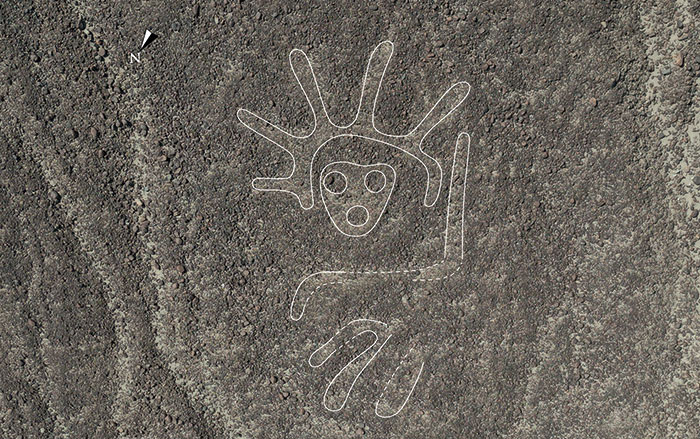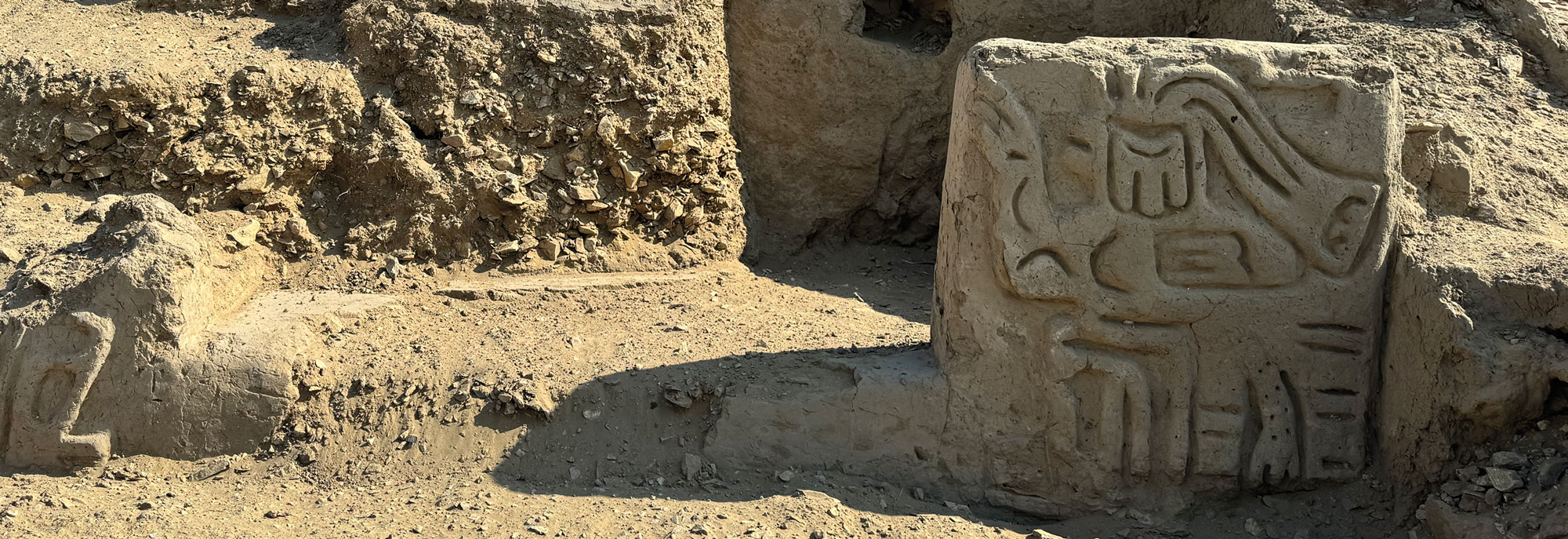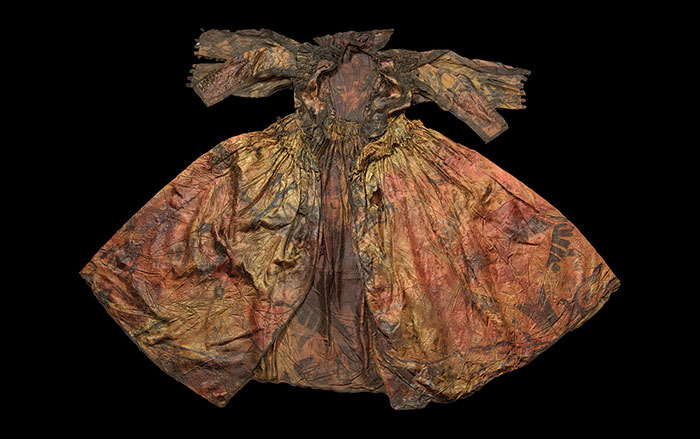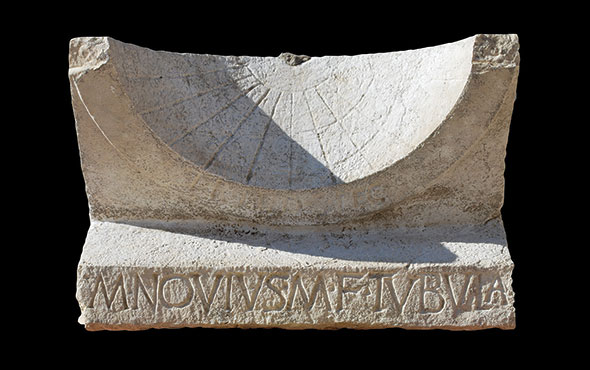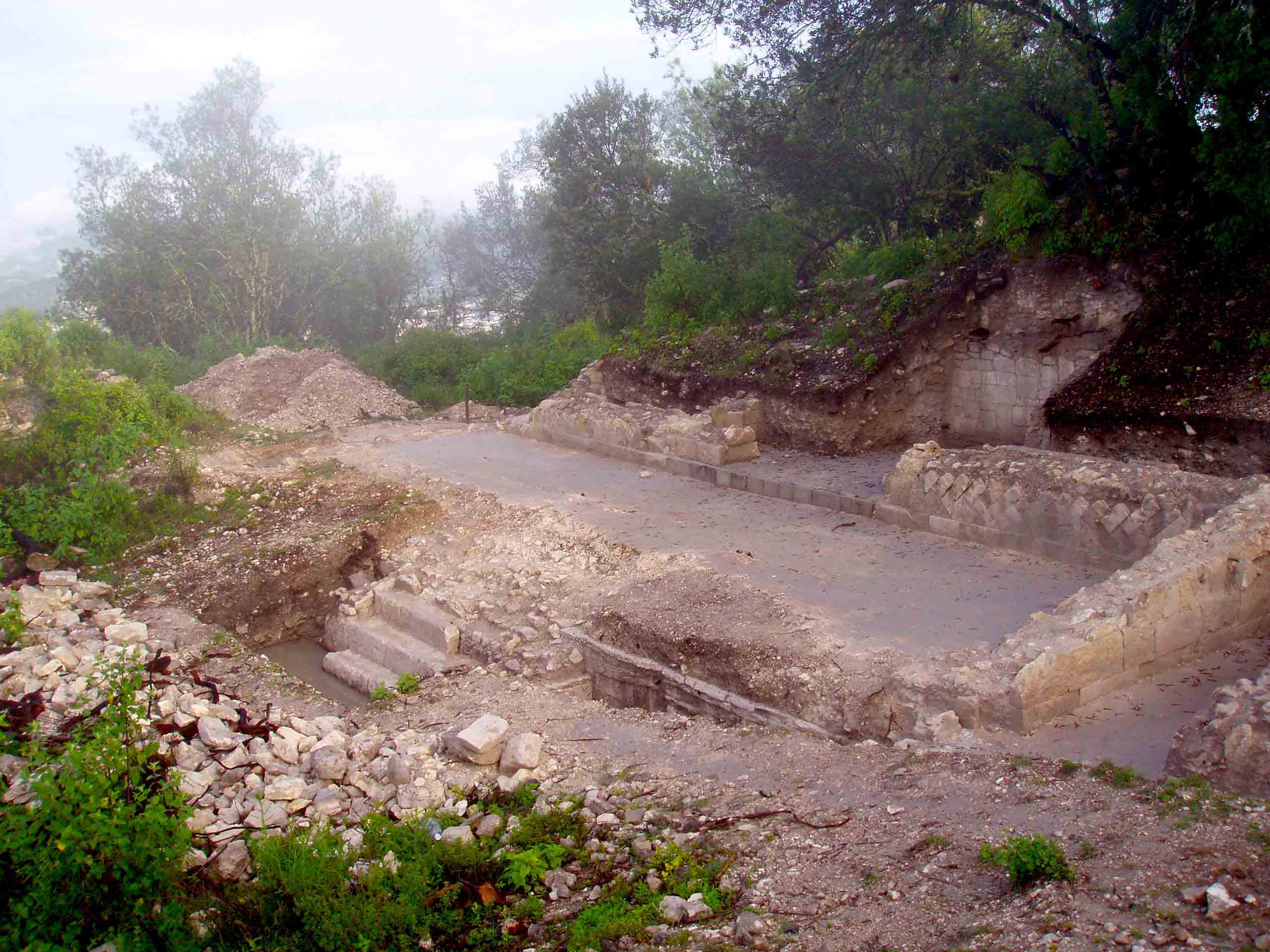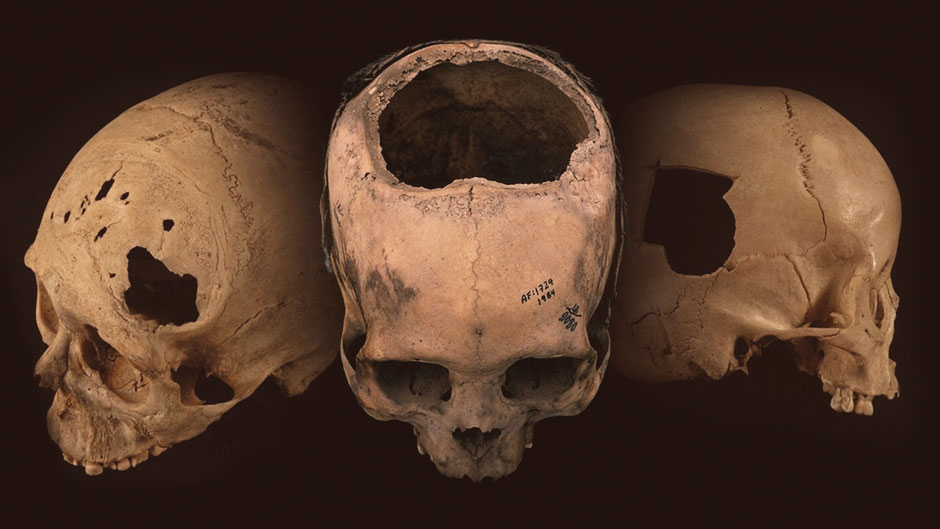
CORAL GABLES, FLORIDA—Neurologist David Kushner of the University of Miami and bioarchaeologist John Verano of Tulane University conducted a study of skulls from throughout Peru bearing evidence of trepanation, and found that during various periods as many as 80 percent of the pre-Columbian patients survived the procedure, according to a report in Science Magazine. The earliest skulls in the study to show signs of trepanation—the act of drilling, cutting, or scraping a hole in a skull for medical reasons—dated back to 400 B.C., and came from Peru’s southern coast. The latest skulls in the study, from the Inca Empire, dated to the sixteenth century A.D. If the surgical hole showed no signs of healing, the researchers concluded that the patient had died either during surgery or shortly thereafter. Smooth bone around the opening was taken to indicate the patient survived long enough for the bone to heal. The study suggests that about 40 percent of the earliest patients survived, but by the Inca period, between 75 and 83 percent of the patients recovered. Kushner also noted that the trepanation technique appears to have improved over time—the holes became smaller with less cutting and drilling of bone, and thus less risk of brain injury. For more on archaeology in Peru, go to “Unknown Elites.”




